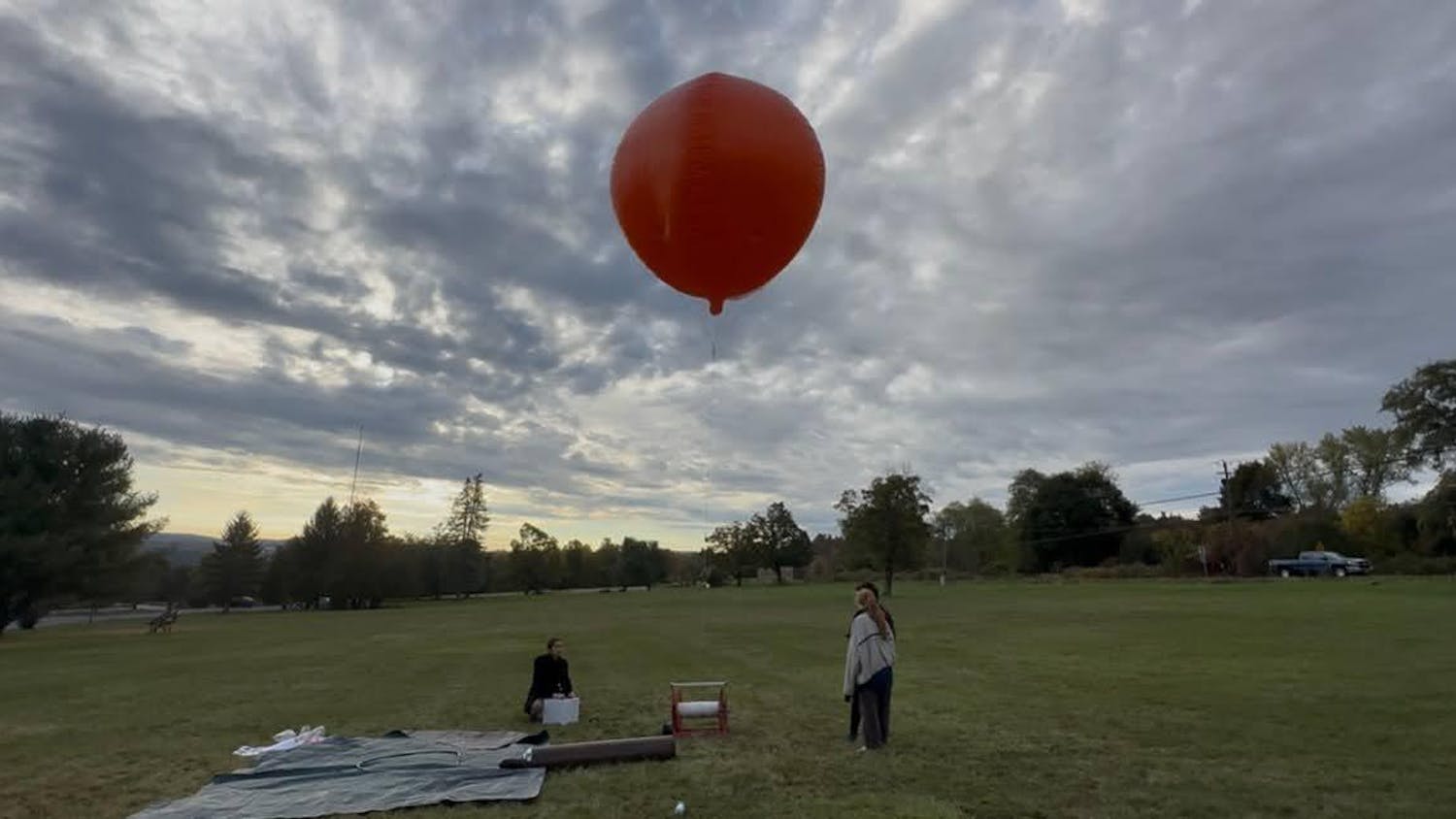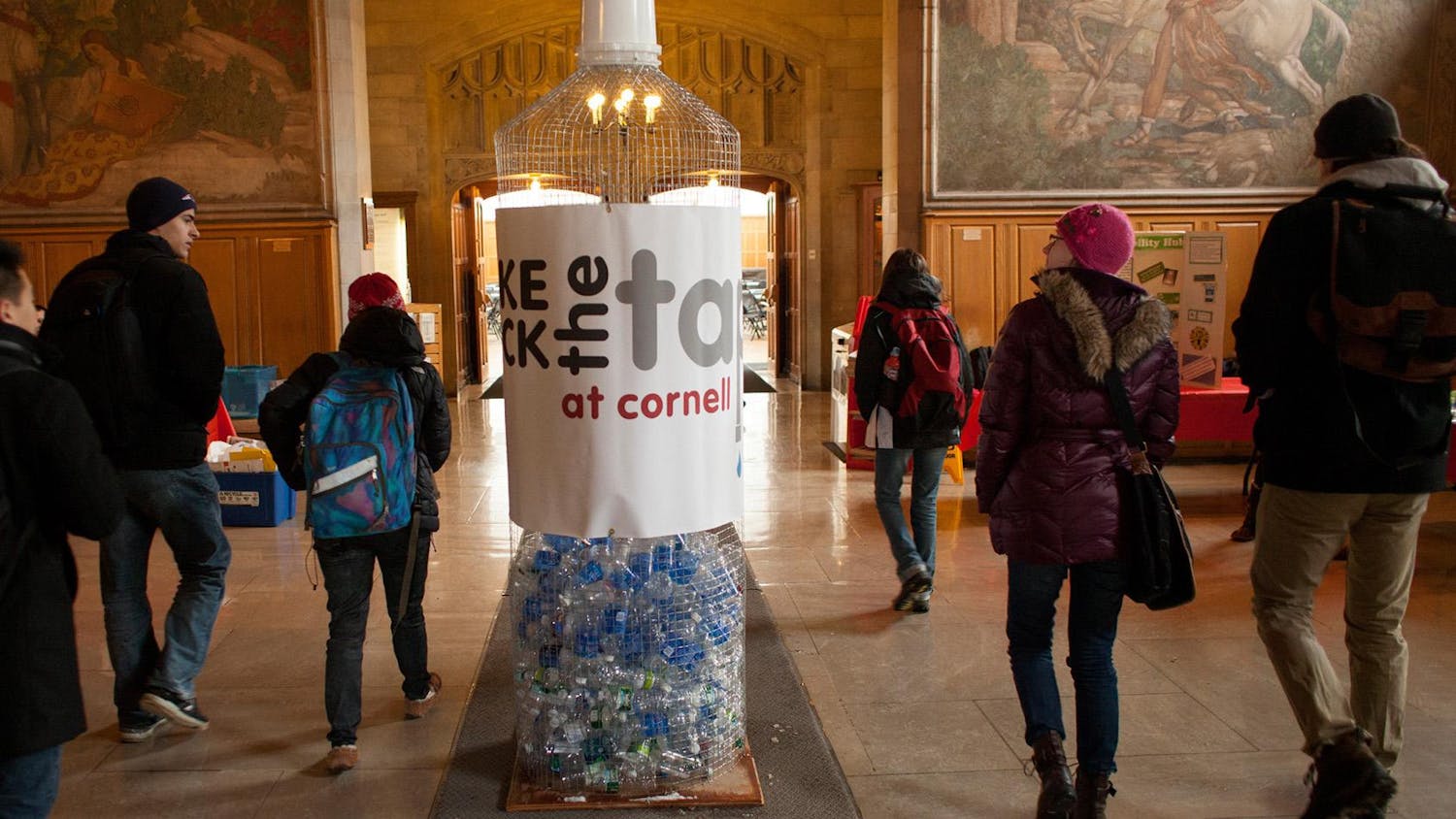Facing the largest wave of retirements in its history, Cornell is aiming to hire about 67 new faculty a year through its decade-long, $100 million initiative to replace half of its faculty, according to Dean of Faculty Prof. Joseph Burns Ph.D. ’66, astronomy. The goal of the initiative, called Faculty Renewal, is to steadily hire about 800 new faculty members before half of the University’s current faculty members over the age of 55 retire, according to Peter Lepage, dean of the College of Arts and Sciences. In order to support the initiative, the University will seek to raise donations; half of the $100-million will come from donors, while the rest will come from a “simple allocation of resources for faculty salary,” according to Linda Glaser, staff writer for the College of Arts and Sciences. As of May, the University has already received $39 million in gifts from donors supporting faculty renewal, according to John Siliciano ’75, senior vice provost for academic affairs. The arts college, the biggest college at Cornell, is seeking to support 20 sesquicentennial faculty fellows, according to the college’s website. The arts college’s push to rapidly hire new faculty highlights a challenge the University has been facing in recent years: replacing retiring faculty with new hires despite facing economic constraints. According to Lepage, after the 2008 recession, the University was forced to cut the number of new faculty hires by 50 percent. At the same time, the University was facing a retirement rate that was double of what it was in the 1990s. “We have the oldest faculty we’ve ever had,” Lepage said. “When I joined the faculty in 1980, only 20 percent of the faculty was over the age of 55. Now, it’s 50 percent.” Although the University continues to cope with lingering effects of the financial crisis, hiring new, quality faculty members remains a priority for Cornell, according to Lepage. “We decided to take every bit of loose money we had and put it into hiring to try to hire not just 28 people a year to replace people who were disappearing for whatever reason but try and hire another five or six people a year using bridge money,” he said. Instead of hiring faculty as faculty retire, the University, then, hopes to hire new faculty three or four years ahead of expected retirements. “We try and find temporary funding to support them,” Lepage said. The initiative to hire new faculty has been largely supported by existing faculty on Cornell’s campus, Burns said. “We want a lot of money put into this in order to bring in the best colleagues that we possible can. If you ask almost any faculty member, they would much rather have better colleagues than better buildings,” Burns said. The University faces a challenge as it pursues faculty renewal, however, because within the last two years, the market for faculty has become increasingly competitive, Lepage said. “I think a lot of other universities have older faculty right now. … There will be a lot of competition, and that will cause a lot of universities to pick off faculty that have already been hired,” Lepage said. Burns echoed Lepage’s sentiments, describing the process of hiring new faculty at the University level as being “extraordinarily competitive.” An additional difficulty the University faces when hiring new faculty, Burns said, is that some current faculty do not want to retire yet. “For me, and I think this is true of a lot of people, teaching and interacting with students and colleagues, it’s what I love to do,” Burns said. “It’s my right, and so why should I give it up?” Still, Lepage said, this is a very exciting time for the University. “There will be a lot of new courses that one has never heard of that have never been taught before,” Lepage said. “Some of them will be completely different takes on old subjects, and some of them on subjects that have never been offered before. … You should see more of this now during these years with so much turnover.” Lepage added that Cornell’s last wave of huge hires was in the 1960s and 70s. “Cornell doubled in size every fifteen years, both student body and faculty, for its first hundred years, and then in the 1970s, it stopped growing, and that is why we have the heavy retirements now,” Lepage said. “So that last batch of hiring was in the 60s and early 70s, but actually, it was the end of a hundred-year process of growing Cornell from a tiny acorn to an oak tree.” Original Author: Margaret Yoder
Cornell Continues Push for Faculty Renewal
Reading time: about 5 minutes
Read More










